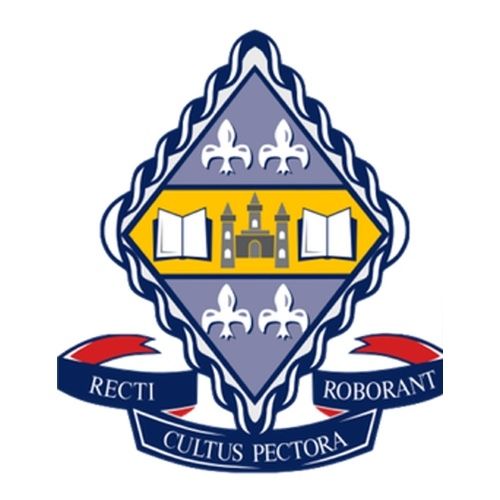
A Visitor From The Stars – NASA U.S Astronaut Col. Mike Hopkins
On Tuesday afternoon 25 freezing, but excited girls were bundled into vans and taken down to the Otago Museum to meet one very special star.
This star was U.S NASA Astronaut Colonel Mike Hopkins, a small-town farm boy from Missouri who followed his dreams right from the very beginning. Leaning back in the cushioned leather chairs of the Otago Museum’s 3D planetarium we were greeted with big smiles and a friendly American accent. As we sat in awe, still coming to terms with the fact that the man before us had left our earth, we listened to the stories he had to tell.
Colonel Mike Hopkins started his life growing up on a farm in Missouri. As he grew, he knew one simple fact; he wanted to be an astronaut. In 2009 his dream came true when he was selected to be part of the ’09 NASA Astronaut training class. Over the period of the next four years Hopkins trained in preparation to eventually travel to the International Space Station. He was specially trained in how life would be like on the Station, how to carry out tests and experiments, and what to do in the event of an emergency. Finally, in 2013, after he had successfully carried out his final exam, it was time for Hopkins to begin his journey to the International Space Station.
In the early hours of the morning, Mrs Hopkins and their two young sons watched as their beloved husband and father launched into the sky with a trailing flourish of fire and smoke billowing out below the rocket. In nine minutes Colonel Mike Hopkins left the earth’s atmosphere and entered the vacuum of space. In six hours he would be docking into the International Space Station. It takes 14 hours to fly from the United States to New Zealand, over two times longer travel time than it took him to reach to reach the space station. The first thing he did when he arrived was make a video call to his family waiting back at mission control and let them know that he had arrived safely. Astronauts at the International Space Station have full access to the internet, Hopkins wife live streamed one of his sons Football games while he was on the station.
Astronauts also have a phone they can use to call any number they want. An astronaut could call you right now on your cell phone from the International Space Station, all he would need is your number! Colonel Mike Hopkins recalls how it felt in the first 24 hours before he got used to the microgravity. He described it like having the feeling of falling continuously, and when you get into the science behind the conditions of space, in a way that is exactly what he was doing. The microgravity conditions had both its perks and its downfalls. A perk? You could make whatever you want float, even water! A downfall? Toileting is a little more challenging. But I won’t go into the nasty details that makes that a downfall.
A fun International Space Sstation fact is that astronauts each have a ‘bedroom’ but these are only about the size of a broom closet. The ‘bed’ is just a sleeping bag that is attached the wall, because of the microgravity environment you are quite literally floating inside your sleeping bag while you sleep! Colonel Mike Hopkins describes his scariest moment onboard the International Space Station as “4 seconds of sheer terror”. The ammonia cooling system on the Space Station malfunctioned and Hopkins had to do a spacewalk to repair it. A spacewalk involves being strapped by the feet onto a robotic arm that is controlled by another astronaut inside the space station. As the arm moved it shakes and Hopkins describes the movement as a kind of wobbling that made him feel as if he had come loose from the arm and was floating off into the vacuum of space, kind of like the movie ‘Gravity’!
Colonel Mike Hopkins got to stay on the International Space Station for a period of three months and during this time he participated in investigations into the effect of the space environment on humans and technologies. He described the role of being an astronaut as like being a “human Guinea pig”. All these experiments and investigations are carried out in order to help prepare for the achievement of NASA’s goal to have humans on Mars by 2030. But alas, Colonel Mike Hopkins’ trip to space did not come without its consequences. When he arrived back home and underwent the customary medical it was found that he had developed an Edema, which is the swelling of the Optic nerve causing a distortion of vision. Lucky for Hopkins this problem cleared up by itself after a while. But for any of you dreamers reading this, don’t let that downside put you off as he mentioned that for some reason women aren’t affected by Edemas, so there is no need to panic future astronauts! Getting to hear some of Hopkins’ stories, seeing his pictures and videos and meeting him personally at the end, is an experience none of us will ever forget, after all it’s not every day you get to speak to someone who has been to outer space!
For all you girls who are shooting for the stars in the astronomy fields of science and all the other girls on the many different pathways of life who may need reminding, I will share with you Colonel Mike Hopkins most important message of the day, “If you can dream it, You can achieve it!”
By Shanae Hollander
Year 13
Gallery


